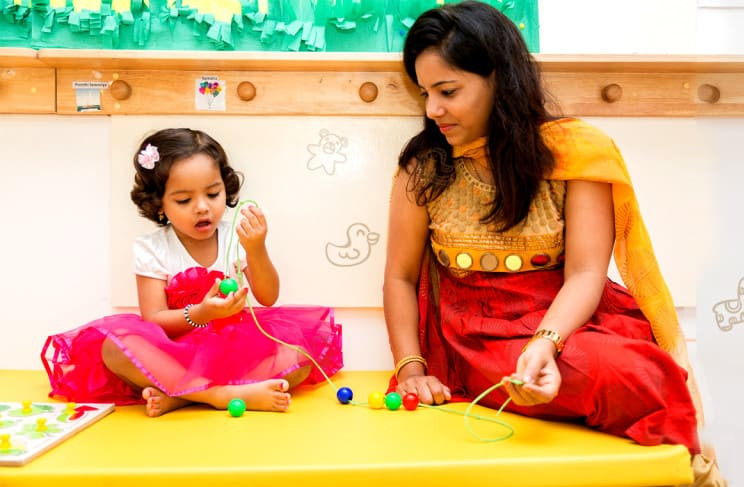We live in a world of stereotypes, and sometimes even the most open-minded of us subconsciously enforce them. You might have told your son, ‘Don’t cry, be a brave boy!’ Or said to your daughter, ‘Wear the pink dress, it looks so pretty on you!’. Kids pick up on statements like this and their ideas of what a boy or girl can and cannot do or say are formed.
Extended family, television, the Internet, school and peers all influence our children’s notions of gender, and as they grow everything in their world starts to become gender specific. This makes it increasingly harder to raise kids who are allowed to develop their own likes and dislikes without gender being thrown into the mix. There are, however, certain steps we can take to raise children in a gender-neutral environment.
Lead by example
Kids learn from the adults around them. They are always watching and listening and learning. Try as much as possible to watch what you say, and never imply that only a particular gender can or cannot do something. Share the household load between all members of the family – whatever their gender. Men can cook, women can fix things – show your kids by example.
Gender-neutral toys
Children aren’t born thinking that girls have to play with dolls or boys can’t wear pink (both of which aren’t true), they are taught that by those around them. So from the start allow your child to explore. Pick gender-neutral toys for them like blocks and puzzles; teach them to play hopscotch and hide-and-seek. Let them play with kids of both genders, and see for themselves that boys and girls are equally good at things.
Let them choose!
If your son does decide that he wants to play with a doll or your daughter wants a red toy car for her birthday – don’t dissuade them. Allow them to choose what they want to play with. This applies to clothes as well, let him wear the pink shoes and let her choose the blue shorts at the store. It’s what makes your child happy, that’s all that matters! Your support in normalizing these acts will make a world of difference to them.
Empower and educate your kids
Read your kids stories where princesses fight, where princes can be sensitive, where men take care of the children, and women can save the world. Let them know and learn that roles and career options are not defined by their gender. Tell them about inspiring women and men who have broken barriers. This will allow your child to believe they can be and do anything – no matter their gender.
It all begins at home and school, especially during the early years. Instill in your child through thought and action that gender doesn’t matter, that men and women can do the same jobs and feel the same emotions. In this way you’ll raise confident children who aren’t afraid to express themselves and can be who they want to be in this world.





